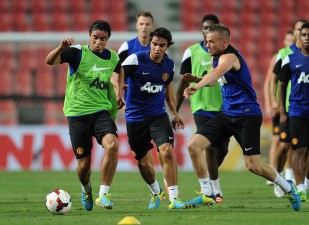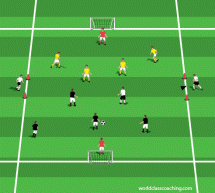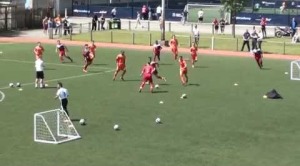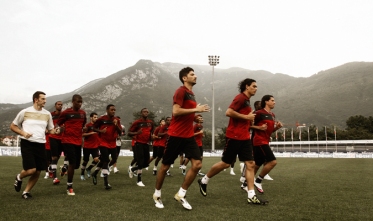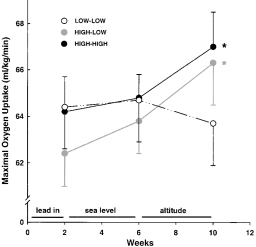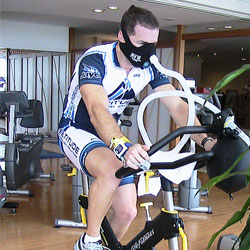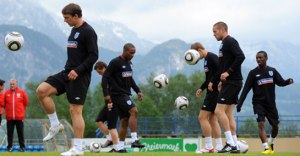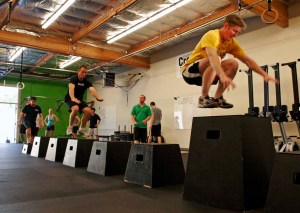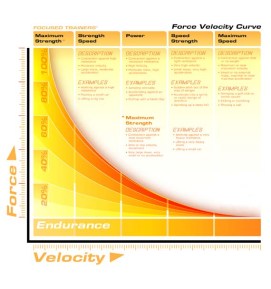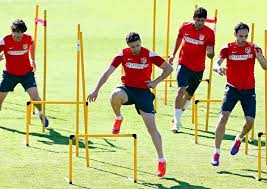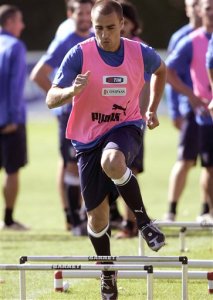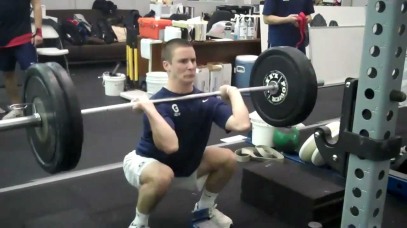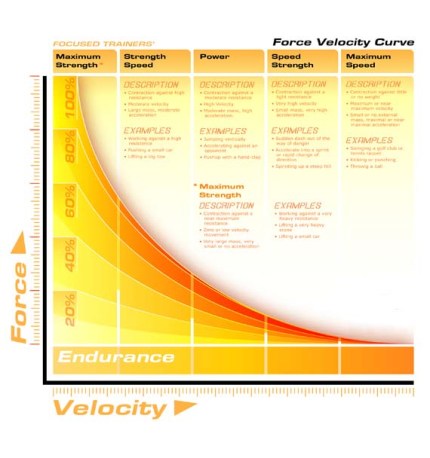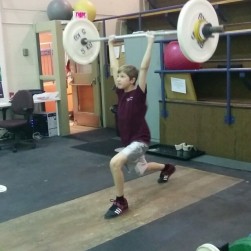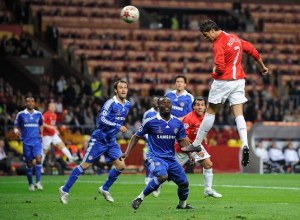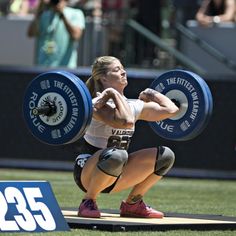What is it?
As football has become more modernised, conditioning training has moved from long continuous aerobic exercises towards football specific interval drills (Rhea et al, 2009). This change is aimed at meeting the demands of match situations whilst reducing training volume and therefore susceptibility to injuries. Metabolic conditioning is a method of conditioning athletes using game related practices in the form of small sided games to enable athlete’s to adapt to the physical and psychological demands of their sport (Dellal et al, 2012). Small sided games is a common practice method of playing sport in a smaller version, whether that be a smaller area of playing surface or smaller numbers of players involved. Throughout the UK small sided games are played daily ranging from recreational 5-a-side competitions or elite training session at professional football clubs.
Why is this training method used?
Small sided games are utilised by coaches to improve an athlete’s conditioning, technique and tactical performance. The aim of this method is to increase the athlete’s ability to replicate the high intensity moments at key parts in a game (Rhea et al, 2009). The intermittent game related practice targets both energy systems to enable explosive actions when required whilst being able to quickly recover during times of low intensity work. This method can be critical in decisive moments of competition especially the latter stages.
Variations and Adaptations
Small sided games can be easily altered to suit the team or individual’s required adaptation. By altering the number of participants, playing area size and modifying the rules, coaches can target specific areas for improvement (Radziminski, Rompa, Barnat, Darglewicz and Jastrzebski, 2013). The training intensity can be increased by making the playing area bigger or reduced by making it smaller or introducing more players.
By increasing the athletes conditioning, adaptations expected would be an increase in stroke volume and blood flow capacity to allow more oxygen to transport around the body. This increase in energy production will also allow for a more efficient lactate removal and improve fighting the onset of fatigue (Ross and Leveritt, 2001).
Small sided games can also be adapted to suite the coach’s session goal. In the below video of an Edge Hill Ladies team, the training session was aimed at increasing the amount of 1v1 occasions so fewer players were used in a bigger space. Although altering the size of the pitch has been shown to have little effect on the participant’s heart rate, it does have a positive effect on the amount of technical skills practiced during the same time period (Kelly and Drust, 2009).
Literature and further research
Small sided games have been shown to increase footballers Vo2 max, anaerobic threshold and recovery (Rhea et al, 2009). During a study of 40 elite football players participating in 3 games of 4v4 and 2 friendly matches, players were found to cover a greater distance and perform more high intensity runs in all positions during small sided games (Dellal et al, 2012).
In a study of 20 male u16 year old football players, small sided games showed an improvement in both maximal oxygen consumption and technical skills as opposed to continuous running training (Radziminski et al, 2013). This was further reinforced by Helgurud, Engen, Wisloff and Hoff (2001) who found no improvement in the precision or quality of passes following an 8 week period of interval running training.
Limitations
Little research has been carried out regarding the technical aspect of small sided games. It is widely accepted that few players on the pitch can lead to an increased amount of on the ball actions for the participants. However Dellal et al (2012) discovered that the percentage of successful passes was lower during small sided games, particularly those with enforced match conditions (1 touch and 2 touches only).
Conclusion
Metabolic conditioning is beneficial in increasing a football player’s performance by increasing their ability to sustain anaerobic activity and their ability to quickly recover. It is important to determine the individual’s specific metabolic demands in order to achieve the greatest gains in the quickest time possible (Rhea et al, 2009).
With small sided games found to have similar physiological responses to specific interval training, its added bonus of being beneficial tactically and technically for the athletes involved making it a popular choice for coaches today.
From a personal standpoint, I find small sided games much more enjoyable than traditional conditioning programmes and I prefer them to full size games due to feeling more involved in the game. I bet I’m not the only one.
Other Links
http://www.worldclasscoaching.com/defending-small-sided-games-and-drills-competition/
http://blog.shareitfitness.com/2012/metabolic-conditioning-workout-challenge/
http://www.stack.com/2012/03/26/off-season-conditioning-for-football-metabolic-running/
References
DELLAL, A., OWEN, A., WONG, D. P., KRUSTRUP, P., VAN EXSEL, M., & MALLO, J. 2012. Technical and physical demands of small vs. large sided games in relation to playing position in elite soccer. Human movement science, 31(4), 957-969.
HELGERUD, J., ENGEN, L. C., WISLOFF, U., & HOFF, J. 2001. Aerobic endurance training improves soccer performance. Medicine and science in sports and exercise, 33(11), 1925-1931.
HILL-HAAS, S. V., DAWSON, B., IMPELLIZZERI, F. M., & COUTTS, A. J. 2011. Physiology of small-sided games training in football. Sports medicine, 41(3), 199-220.
KELLY, D. M., & DRUST, B. 2009. The effect of pitch dimensions on heart rate responses and technical demands of small-sided soccer games in elite players. Journal of Science and Medicine in Sport, 12(4), 475-479.
RADZIMINSKI, L., ROMPA, P., BARNAT, W., DARGIEWICZ, R., & JASTRZEBSKI, Z. 2013. A Comparison of the Physiological and Technical Effects of High-Intensity Running and Small-Sided Games in Young Soccer Players. International Journal of Sports Science and Coaching, 8(3), 455-466.
RHEA, M. R., LAVINGE, D. M., ROBBINS, P., ESTEVE-LANAO, J., & HULTGREN, T. L. 2009. Metabolic conditioning among soccer players. The Journal of Strength & Conditioning Research, 23(3), 800-806.
ROSS, A., & LEVERITT, M. 2001. Long-term metabolic and skeletal muscle adaptations to short-sprint training. Sports Medicine, 31(15), 1063-1082.
